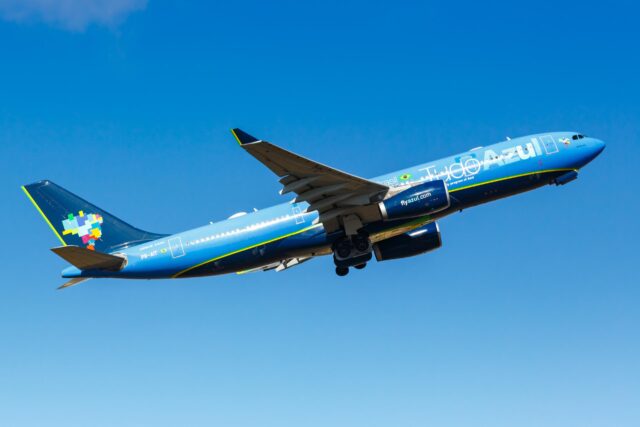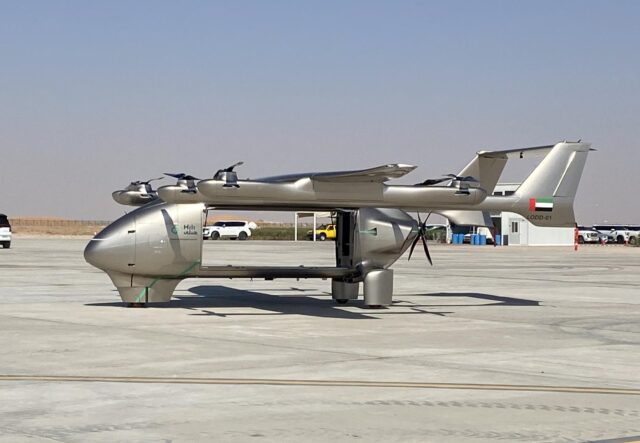Boom Supersonic announces major milestones in aircraft and engine development

Boom Supersonic, designer and developer of the upcoming ‘Overture’ supersonic airliner, has revealed a number of key milestones in the design of its aircraft; with testing of its sub-scale XB-1 demonstrator to recommence within the week.
Building on the first flight of March’s inaugural flight of the XB-1 technology demonstrator, the aircraft is to recommence taxi tests today, ahead of a projected second flight to happen shortly afterwards. Although Boom founder and CEO Blake Scholl described how the milestone first flight produced “better than forecast handling qualities in pitch and yaw,” the roll characteristics – allegedly described by the test pilot as “a little bit exciting” – have since been addressed with the implementation of a new roll system.
With this onboard, the aircraft is “refuelled, it’s pre-flighted and is back out on the runway today awaiting first light,” continued Scholl, with the upcoming second flight set to “keep [Boom] on track to break the sound barrier later this year”.
Another milestone announced today was the Overture’s cockpit, described by Scholl as the first all-new flight deck since the A320 and one representing “a marriage of hardware and software – a union of pilot and machine”. Featuring four 17 inch touchscreen displays, every single function is accessible by touch, with dual feedback sidesticks also connecting the pilots with the co-pilot.
To land, Overture will employ augmented reality technology via a head-worn display, allowing pilots to artificially ‘look’ beyond the nose to the runway through a head-worn display; building on the “strong certification heritage” of enhanced vision systems employed within the business jet world. This provides “a beautiful view but also more information at the same time,” explained Mike Bannister, former chief pilot on Concorde,, who also highlighted that the flight deck was “so intuitive” with its ability “ability to gather everything and not be cluttered”.
A new announcement regarding Overture’s engine, meanwhile, will see Standard Aero collaborate to “customise an engine exactly for Overture’s needs;” with the powerplant core to advance into rig testing next year. Standard Aero have dedicated a 100,000square ft area at its San Antonio, Texas, facility to run full-scale test cells as well as offering capacity to scale production to 330 engines a year.
With Overture anticipated to enter service by 2029, “We’re not trying to do things any faster than before,” added Scholl. With Concorde the “story of a journey started but not yet finished, “we have time to do this well,” he concluded.
















